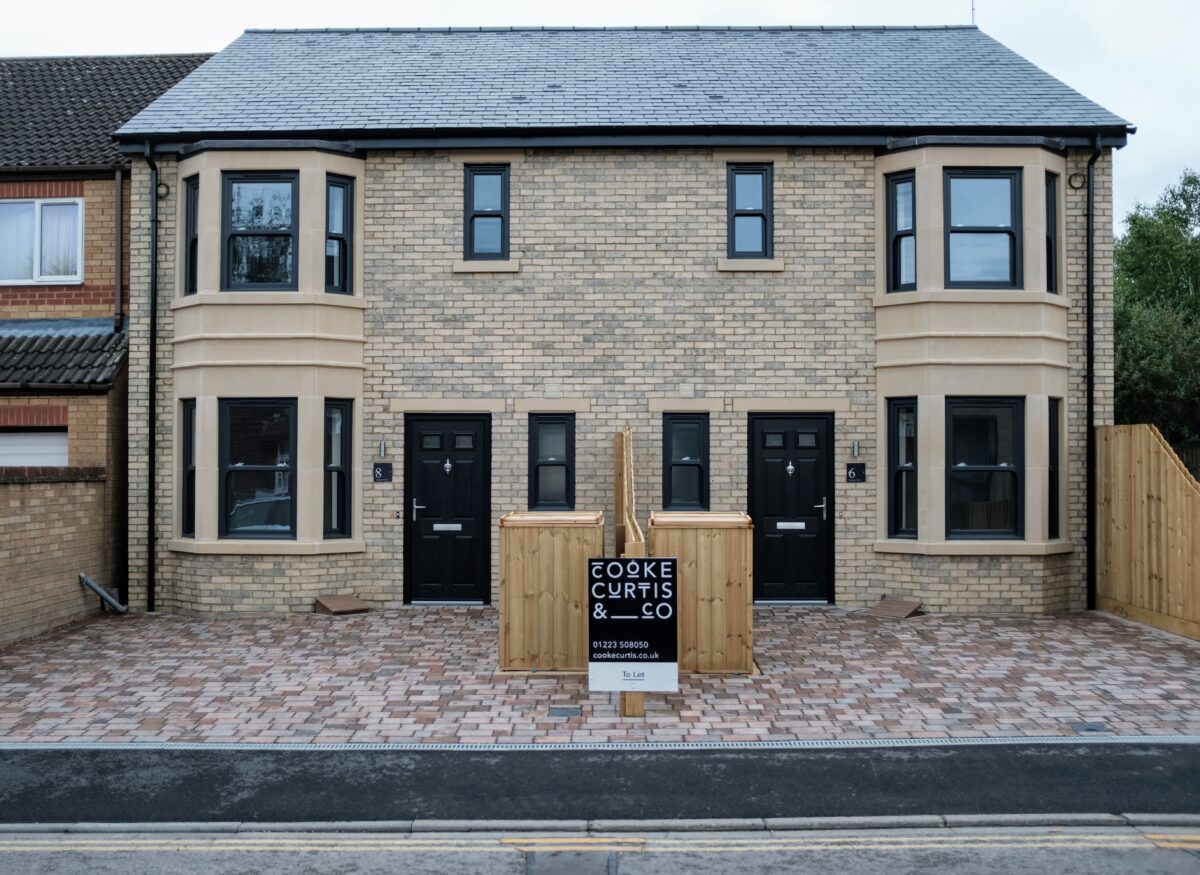If new developments were only pleasing to the eye, say Britain’s Building Better, Building Beautiful Commission advising Government, nimbyism would cease and housing supply could finally reach the levels demanded by a growing and more affluent population[1]. The inaugural chair of this intriguing commission boldly suggested that if we built “as our Georgian and Victorian forebears built [. . . ]. All objections to new building would slip away in the sheer relief of the public”[2]. Even Prince Charles, in a similar spirit, put forward ten principles for urban growth and architecture that emphasize tradition and aesthetics[3].
When governments and princes occupy themselves with beauty, economists surely need no justification for taking a closer look as well? Does the “traditional is good, modern is bad” definition of beauty truly reflects the preferences of home-buyers? Do “normal people” indeed despise the modern aesthetics imposed on them by detached elites? Wouldn’t it be nice if we could solve the housing crisis with such an easy cure?
In a new study[4], Erik B. Johnson of the University of Alabama and I try to teach computers to look at buildings a bit more like humans do. Bringing together machine learning techniques and Google Street View images, we can identify the architectural vintage of residential buildings, broadly classifying each home in a city into styles: Georgian, Victorian, Edwardian, Interwar, Postwar, Contemporary or Revival (derided as fake traditional by some). Subsequently, we empirically search for price differences associated with these styles in housing sales. If aesthetics were as strong a force in the built environment as claimed, we should indeed find a significant effect on property prices.
The short summary of our paper is: No, home buyers are not willing to pay more for new houses built in traditional styles and also not for homes surrounded by new homes with historic facades. This lack of appreciation makes it unlikely that nymbyism will evaporate just because planners finally see the light and return to old aesthetics.
Sure, UK households prefer more central urban locations that tend to co-incide with Georgian or Victorian styles over postwar neighborhoods further out. Also, the more spacious gardens and green spaces often found in historic developments are sought-after and valued. Some (including me) like the charm and authenticity of drafty Late Victorian bay windows and rather narrow staircases. A few surely appreciate “good” architecture (which we cannot quantify at the moment). These differences in the quality and location are why old buildings often sell for more – and the premium cannot be cheaply transferred to new buildings simply by following traditional style guides.
For Cambridge, our study area, we first analyse the sales prices of all transactions between January 1995 and October 2018 and indeed confirm higher sales prices for older vintages: Georgian and Late Victorian/Edwardian homes sell for significantly more than Contemporary homes, which again are valued more than Postwar beauties. Given the sparse information the Land Registry provides on each transaction we cannot rule out that these price differentials are simply caused by differences in quality that our empirical models do not pick up.
It is more meaningful to compare new homes that look old (revival architecture) and new homes that have a contemporary exterior. Both have similar “inner values” and footprints. Here, we do not detect a significant price difference.
Are traditional-looking new buildings better neighbours? Or rather: Do contemporary facades really depress the value of surrounding properties, a concern often raised in planning hearings? Again, the data suggest no significant differences between revival and contemporary exteriors.
Training a machine learning model to classify houses into broad architectural styles turned out to be a relatively straight-forward process. In follow-up work, some of my talented graduate students are working on more challenging topics: How closely can we capture aesthetic preferences of individual home-owners? Does “one taste fit all”, as the bland developments put forward by large UK home builders seem to imply? Bit by bit, we inch towards a better understanding of what people really love or hate about the buildings we call homes. So far, all results paint a more colourful and exciting picture than the monochrome views shared by some culture warriors.
In sum, sales data reveal that simplistic aesthetics will not solve the housing crisis: Homebuyers are not willing to pay more for revival styles. Since they don’t value these styles as buyers, why would they welcome buildings in these styles more readily into their neighbourhoods? To be clear, I am not saying that good architecture will not be appreciated in the market. Our findings apply only to broad architectural style oversimplifications of the “modern architecure is good/bad” flavour: They might make small talk easier at a distant cousin’s wedding – but don’t get your hopes up that they will deliver more homes for “normal people”.
[1] The Economist (2018). “The line of beauty”. In: The Economist. https://www.economist.com/britain/2018/11/17/how-to-defeat-nimbyism-build-more-beautiful-houses
[2] Scruton, Roger (2018). “The Fabric of the City”. https://policyexchange.org.uk/wp-content/uploads/2018/11/The-Fabric-of-the-City.pdf.
[3] HRH The Prince of Wales (2014). “Facing up to the future: Prince Charles on 21st century architecture”. In: Architectural Review. https://www.architectural-review.com/essays/facing-up-to-the-future-prince-charles-on-21st-century-architecture/8674119.article
[4] Lindenthal T. and E. Johnson (working paper). “Machine Learning, Architectural Styles and Property Values”. ttps://www.crerc.landecon.cam.ac.uk/files-and-documents/crerc-wp-2020-03-lindenthal.pdf

